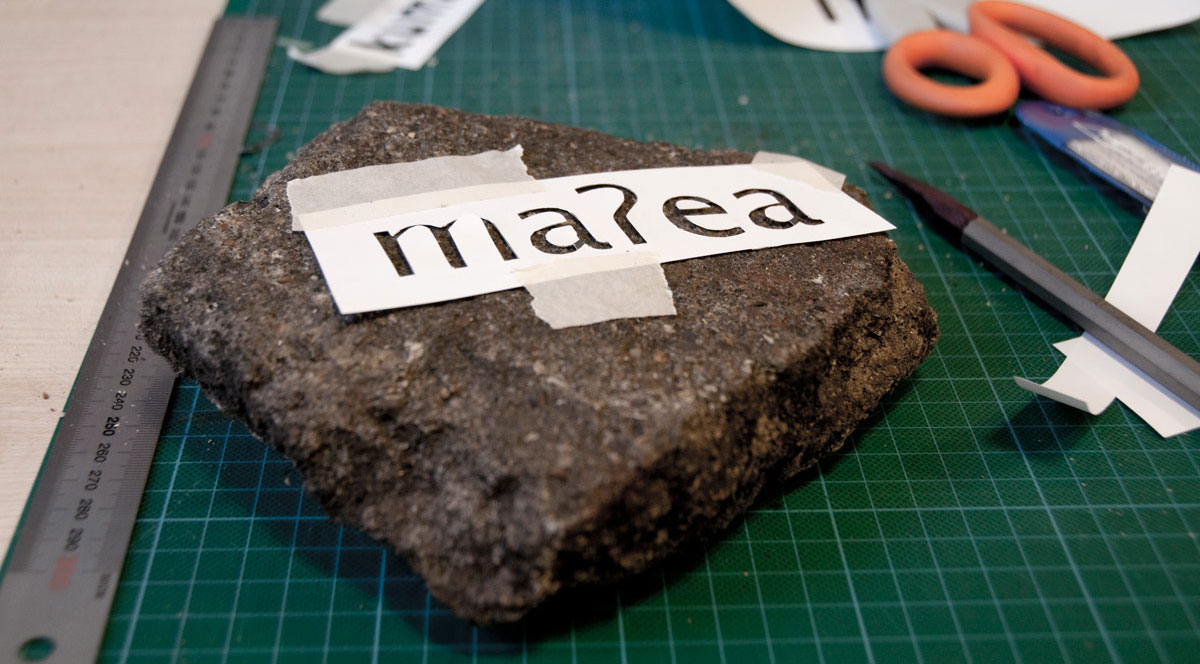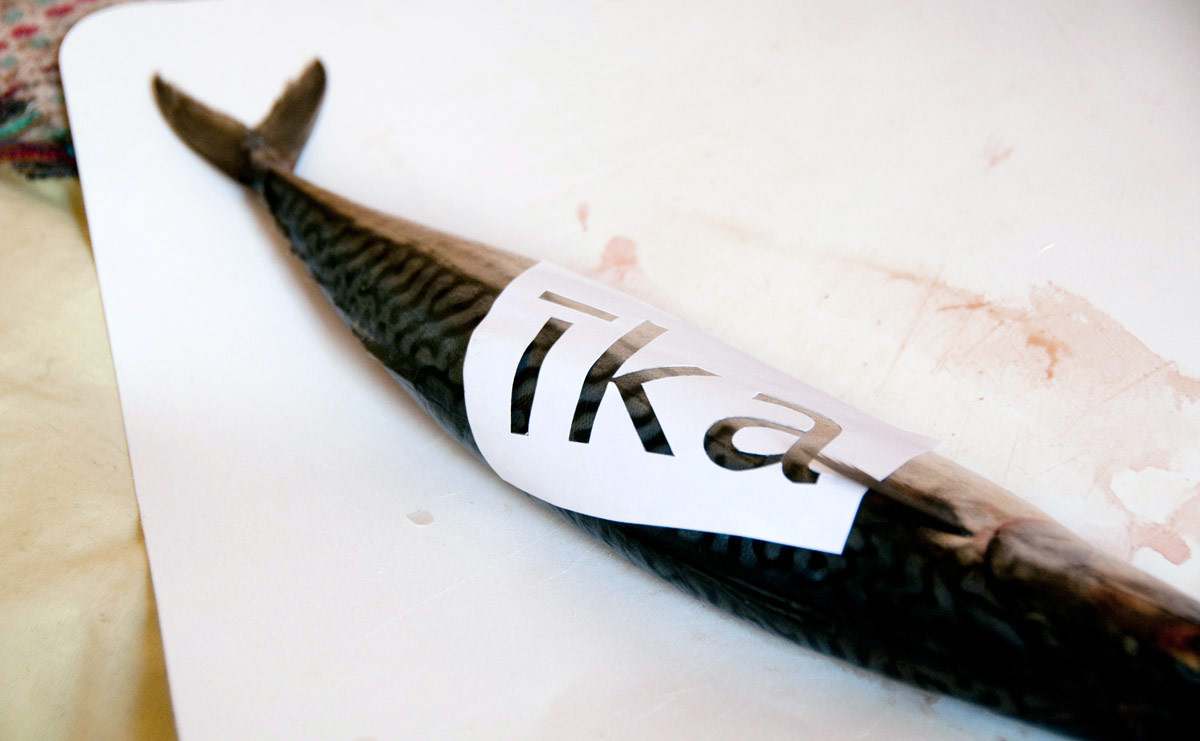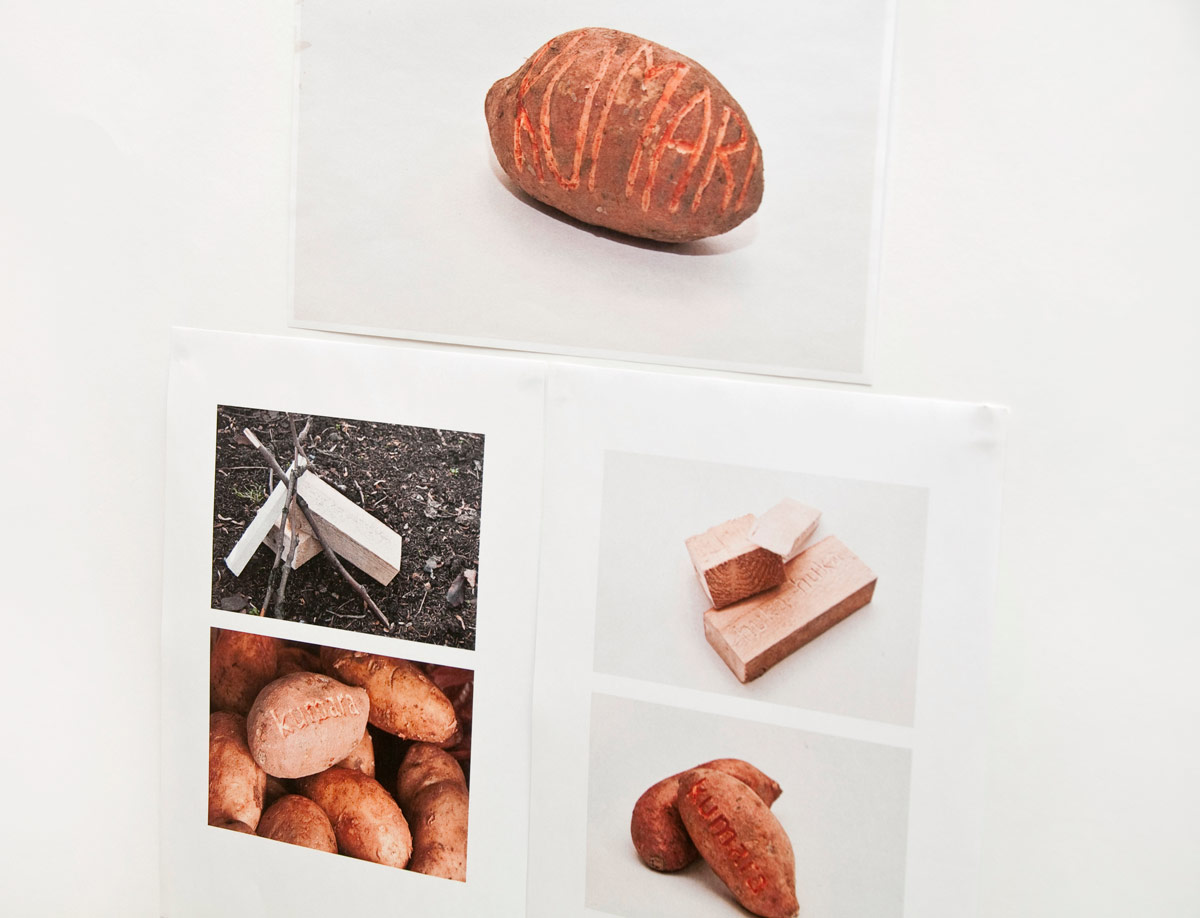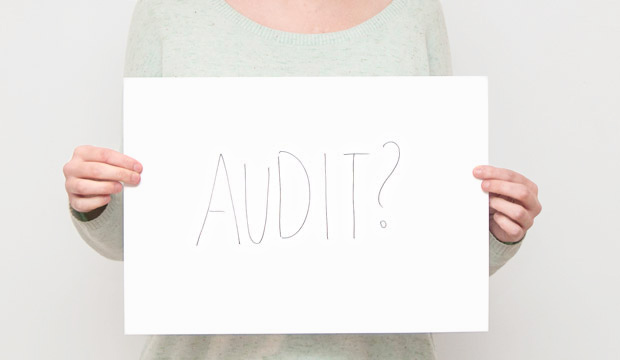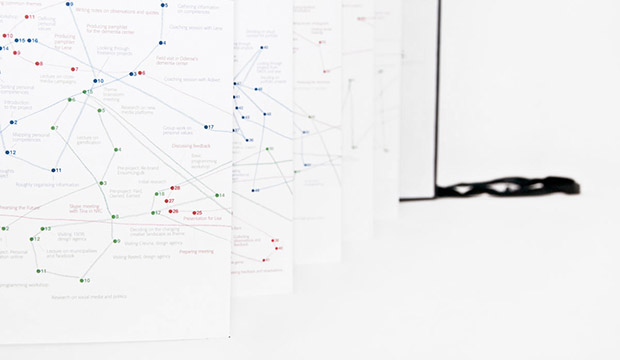The design
Inspired by labelling your surroundings when learning a new language, these six postcards show objects with the name of the object written on or in it. The objects are elements related to traditional Rapa Nui culture, including traditional ways of communicating such as wood and stone carving, body painting, and weaving. The postcards are the beginning of a series that would build up a vocabulary of Rapa Nui surroundings, culture and traditions; a series that would continue to develop and grow.
Selling the postcards would allow the Rapa Nui people to subtly show their support to the people working for autonomy and revival of the language, while also encouraging to learn it. As Rapa Nui is mostly spoken among the elder generations, involving and encouraging children to make new postcards would introduce the language form an early age. Finally, visitors and inhabitants could send the postcards off into the world, spreading the knowledge of Rapa Nui culture and language.
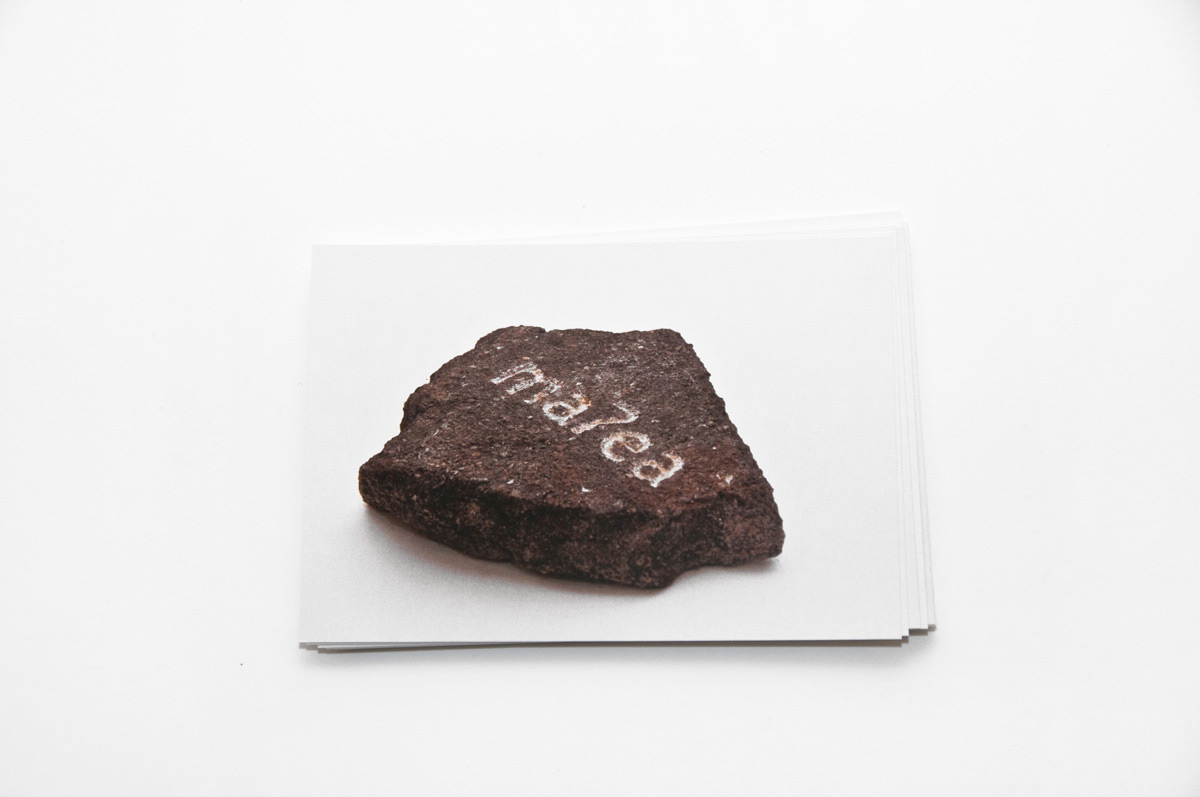
Rapa Nui is best known for its massive stone sculptures; the moai. Stone and rock carving is a crucial aspect of Rapa Nui traditions and culture.
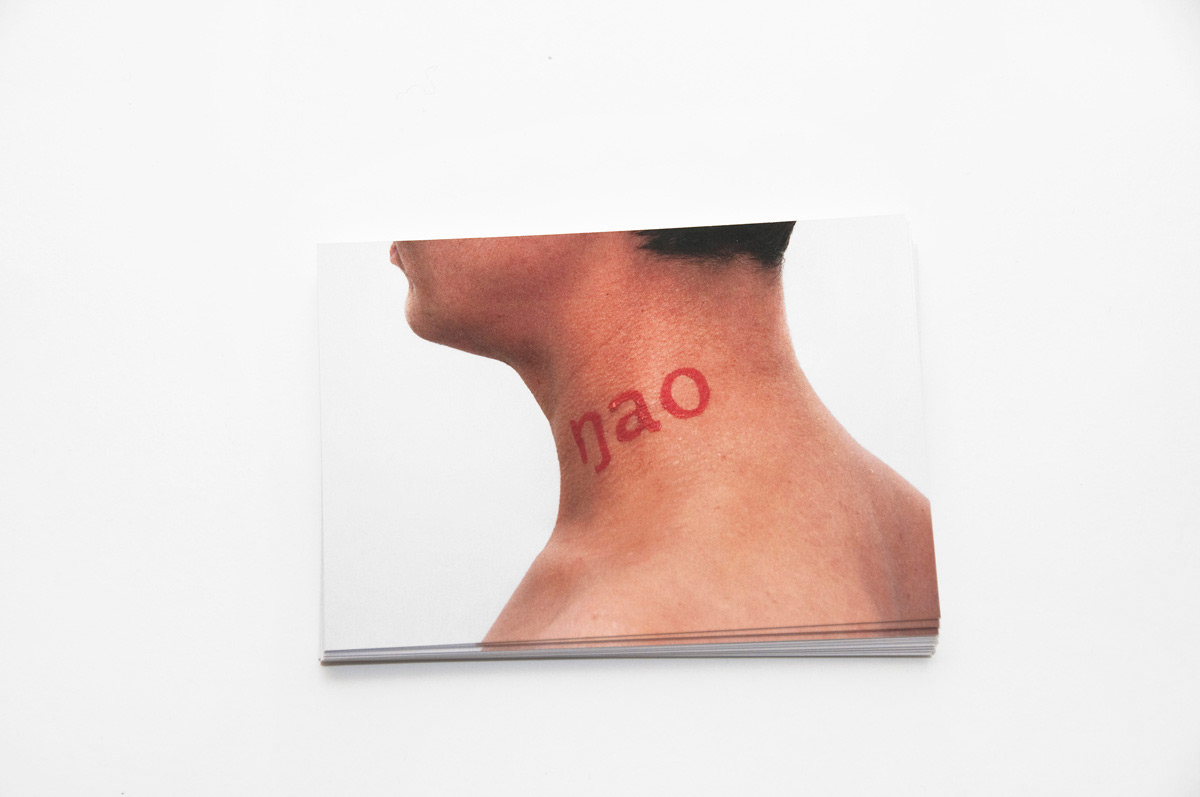
Body painting, takona, is an important element in traditional Rapa Nui culture; it is often used in performing arts as a visual aid for the storytelling.
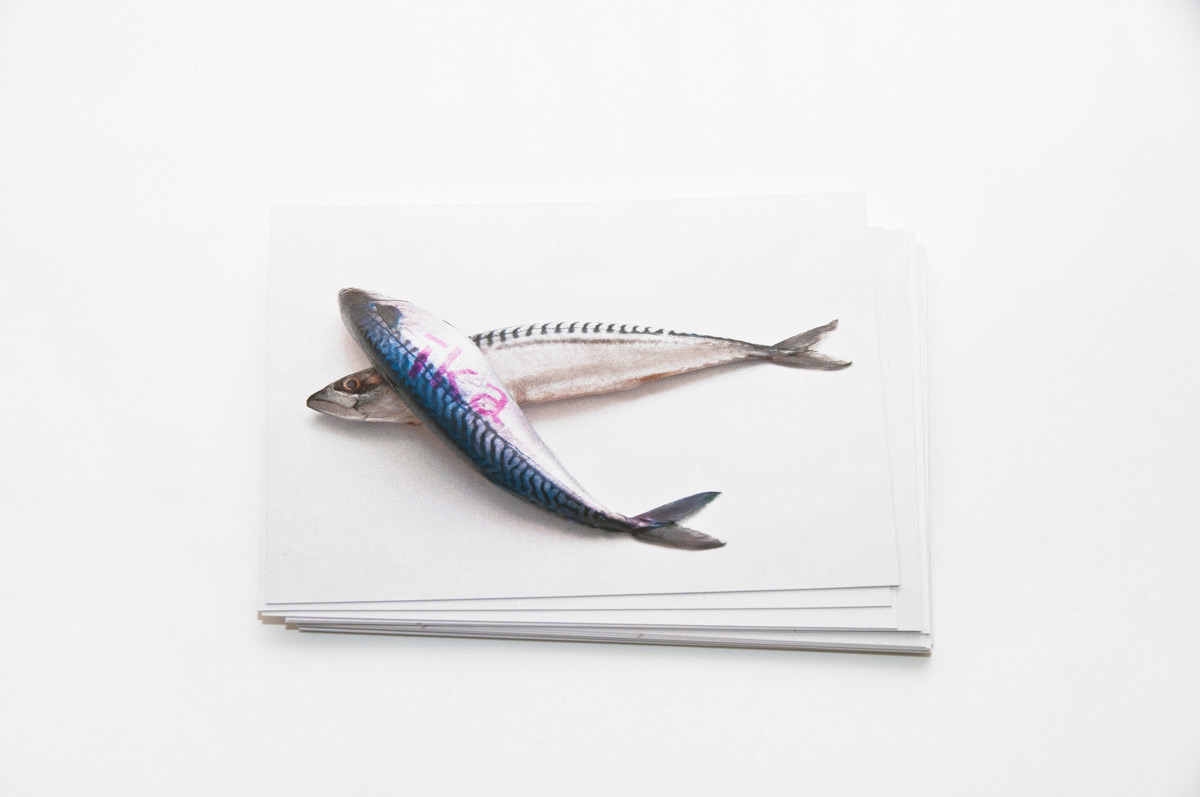
During the Tapati Festival, the winner of the fishing competition will paint his catch and hang them around his neck as a symbol that he is a good taŋata hi.
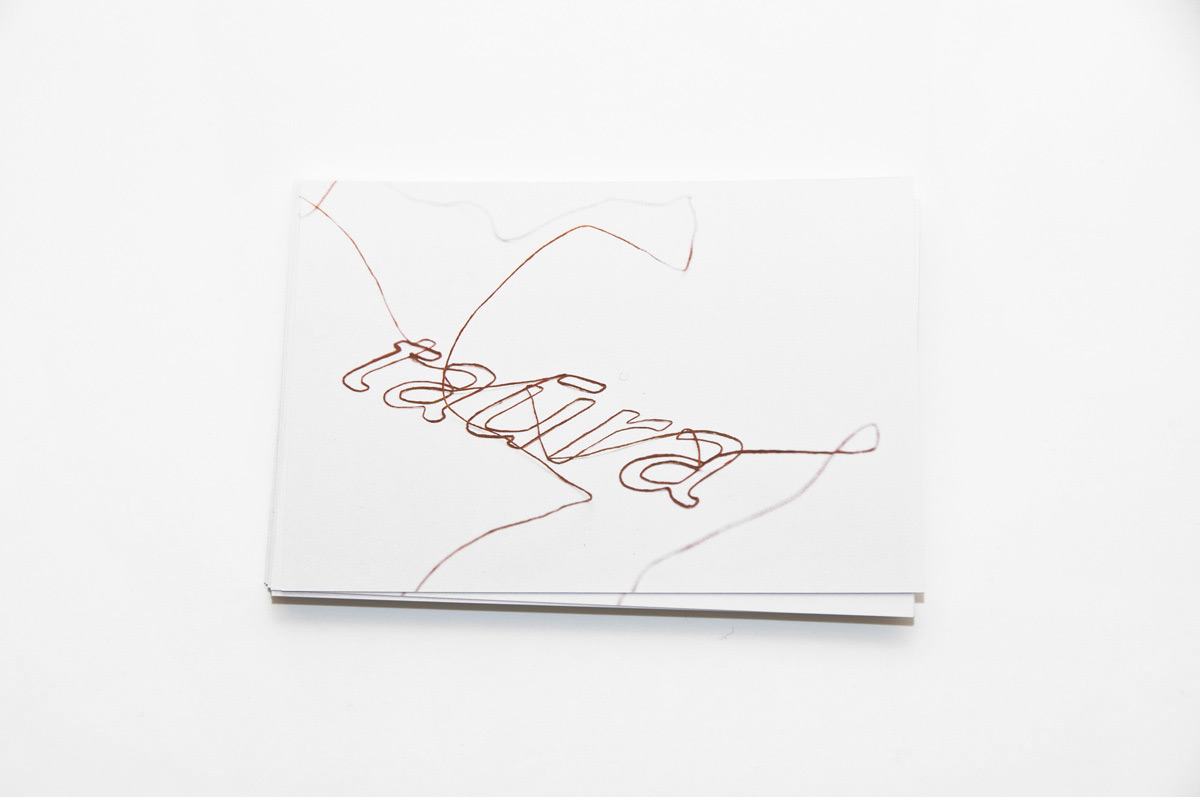
Weaving string figures, kai-kai, with natural string is an old tradition that the people on Rapa Nui still compete in during the Tapati Festival.
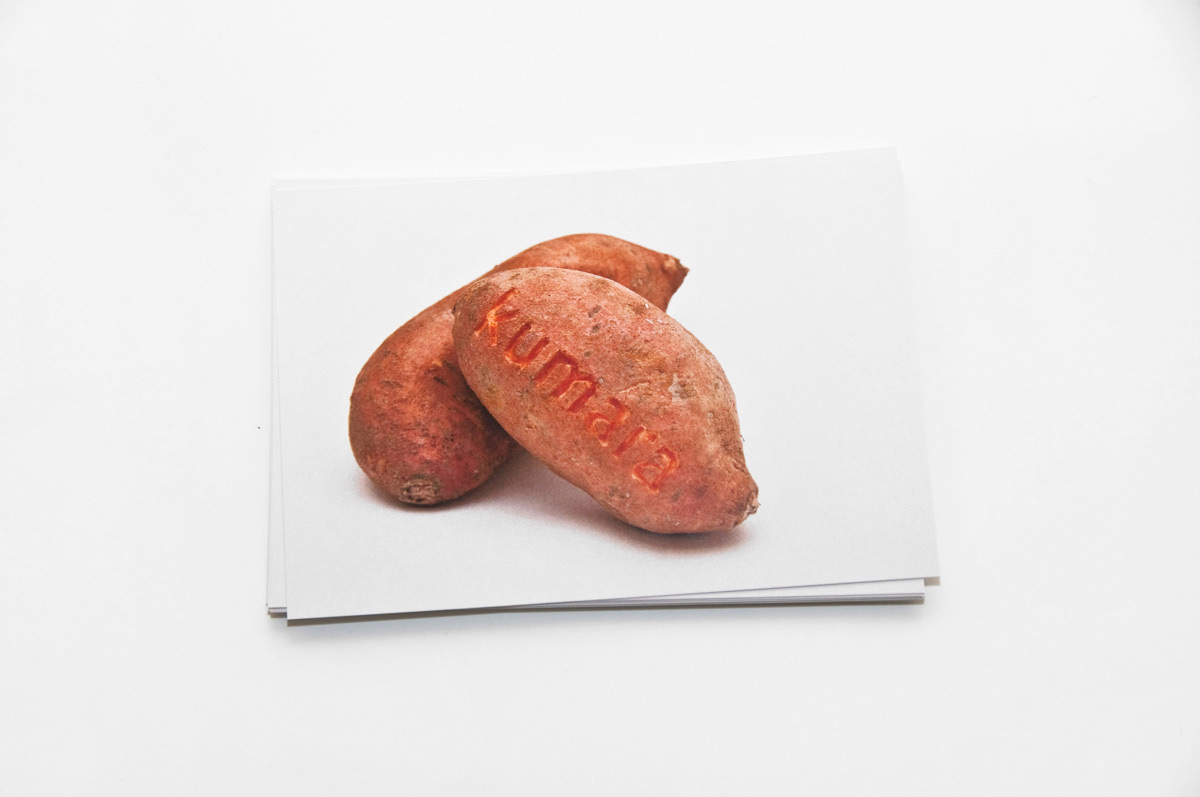
The sweet potato is a key ingredient in traditional Rapa Nui cooking along with fish or chicken. Umu is the conventional way of cooking using an earth oven.
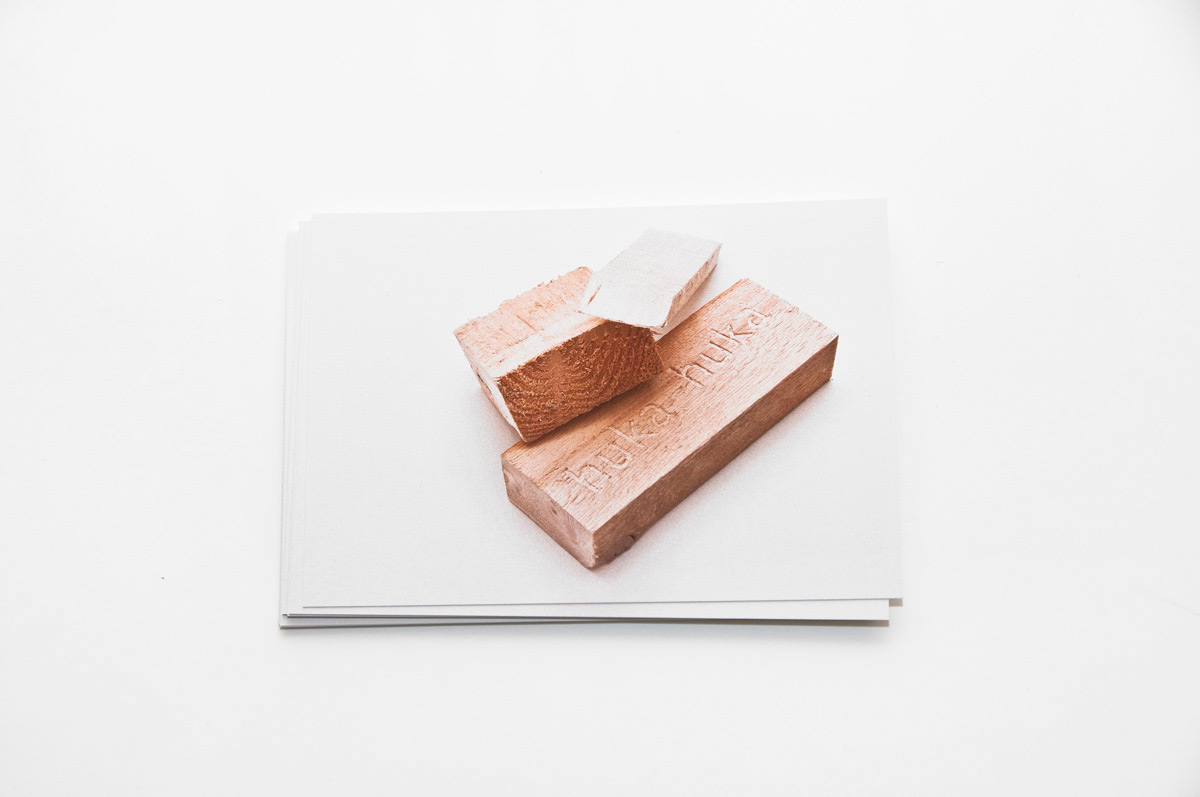
Despite being a treeless island for centuries, wood is a key element in traditional culture on Rapa Nui. Huka-huka is the wood used for making fire; ahi.
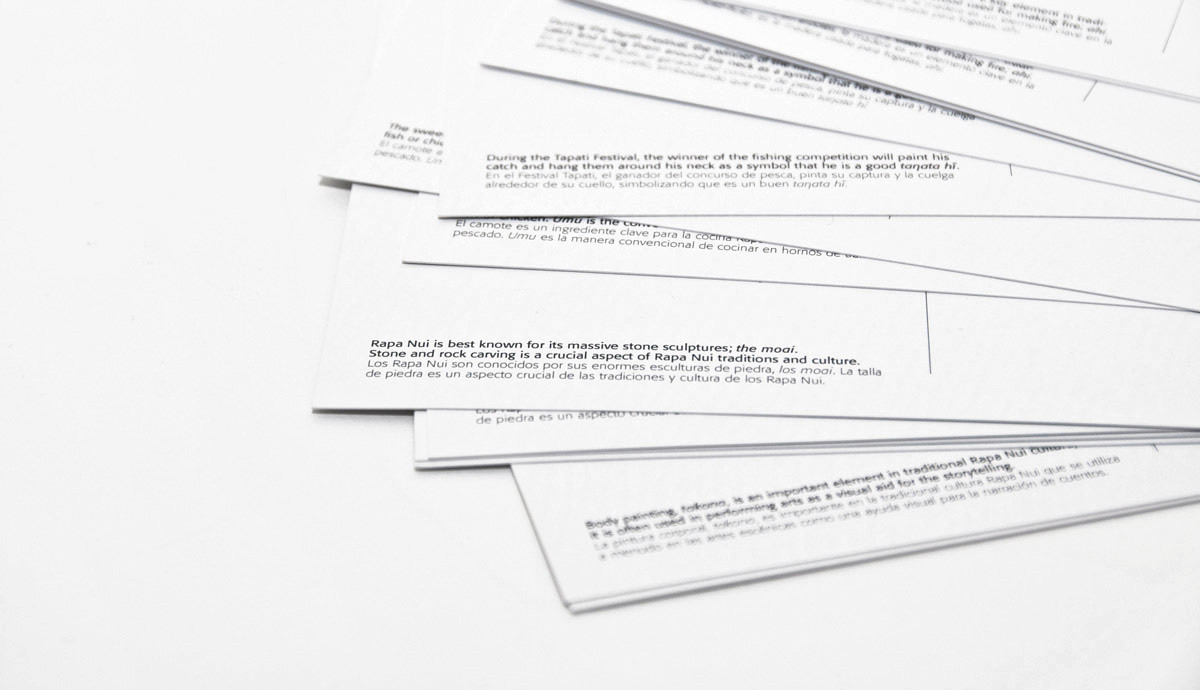
On the back, each postcard has a short explanation of the cultural element that the object on the postcard’s front is linked to, written in both Spanish and English.
